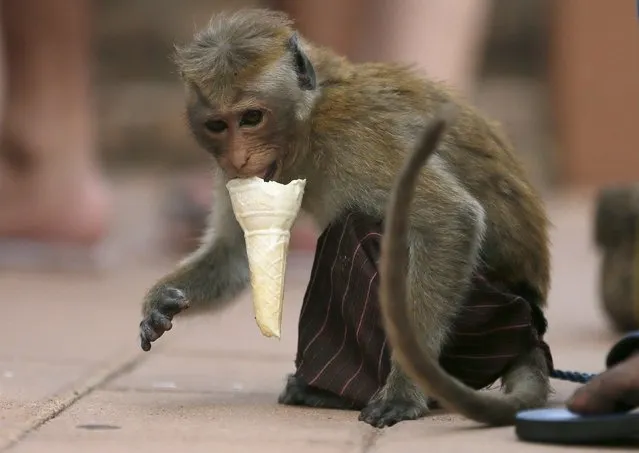
A monkey eats an ice cream cone offered by a man during a street circus show in Colombo, Sri Lanka November 29, 2015. (Photo by Dinuka Liyanawatte/Reuters)
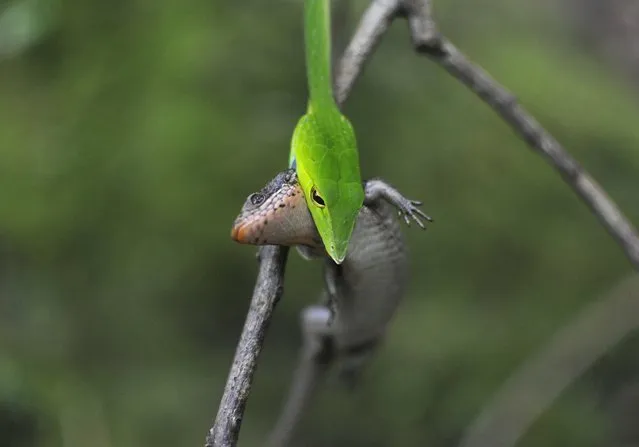
A green vine snake feeds on an Indian Forest Skink inside the Silent Valley national park in Kerala, India, November 28, 2015. (Photo by Abhishek N. Chinnappa/Reuters)
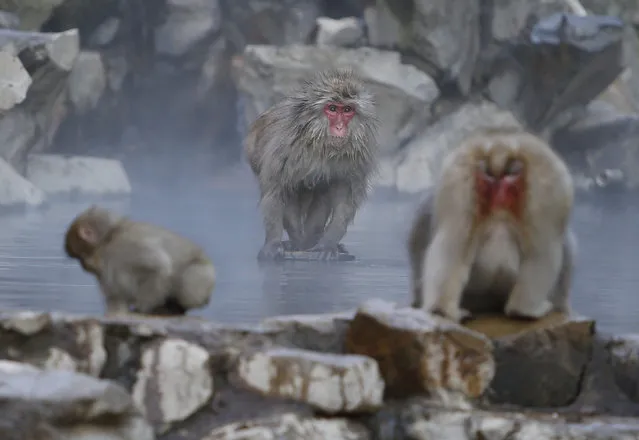
A Japanese macaque (or so called Snow Monkey) sits on a rock inside a hot spring at a valley in Yamanouchi town, Nagano prefecture, Japan, November 30, 2015. (Photo by Yuya Shino/Reuters)
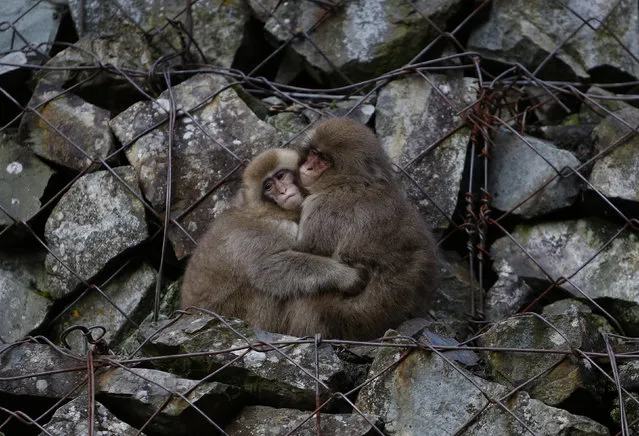
Japanese macaques (or so called Snow Monkeys) hold each other while sitting on rocks near a hot spring at a valley in Yamanouchi town, Nagano prefecture, Japan, November 30, 2015. (Photo by Yuya Shino/Reuters)
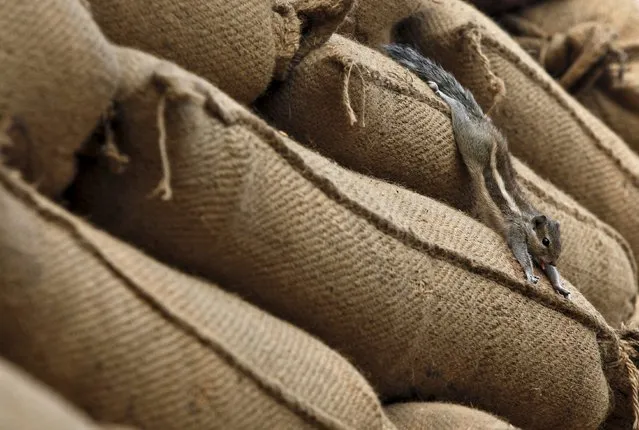
A squirrel stretches out on a heap of sacks filled with paddy at a grain market in Chandigarh, India, December 2, 2015. (Photo by Ajay Verma/Reuters)
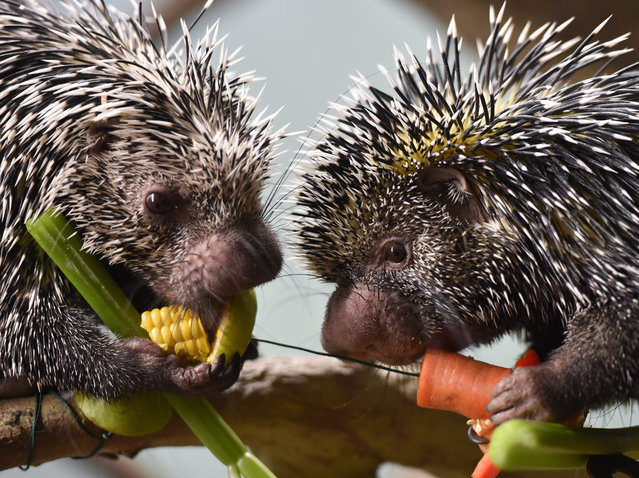
The coendou porcupine couple 'Joppi' (L) and 'Fletcher' nibble at a vegetables in their enclosure at the zoo in Frankfurt am Main, Germany, 03 December 2015. Coendou porcupines are nocturnal rodents related to porcupines and guinea pigs and native to the rain forests of Central and South America as well as Trinidad. (Photo by Arne Dedert/EPA)
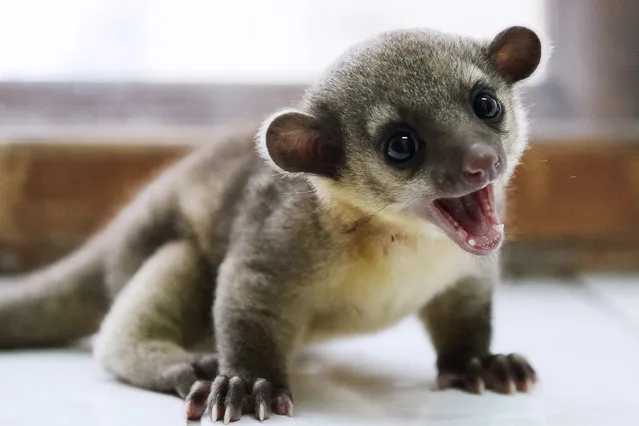
A cub named Kendi pictured in an enclosure at the Yekaterinburg Zoo, Russia November 27, 2015. The carnivorous animals of the raccoon family are also called honey bears because they raid beehives. (Photo by TASS/Barcroft Media)
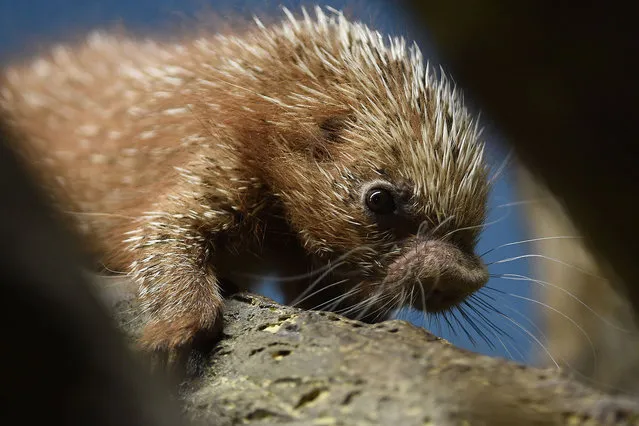
A baby Coendou porcupine born on 07 November 2015 makes its way down a tree branch in its enclosure at the zoo in Frankfurt am Main, Germany, 03 December 2015. Coendou procupines are nocturnal rodents related to porcupines and guinea pigs and native to the rain forests of Central and South America as well as Trinidad. (Photo by Arne Dedert/DPA via ZUMA Press)
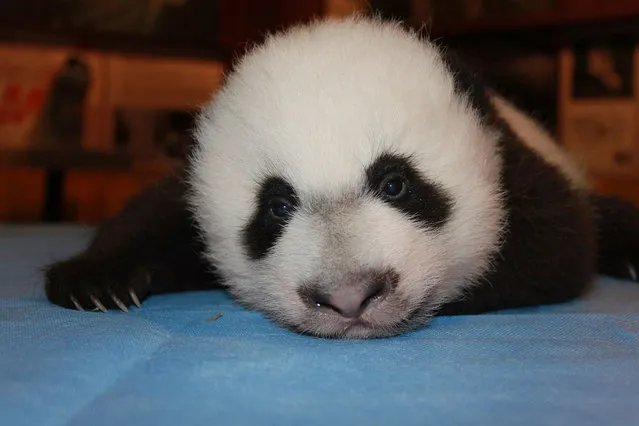
This image obtained December 2, 2015 from the Smithsonian's National Zoo in Washington, DC shows Giant panda cub Bei Bei being weighed during a checkup on October 26. Bei Bei is a healthy 12.5 pound (5.66 Kg)boy and will make his public debut on January 16, 2016. (Photo by AFP Photo)
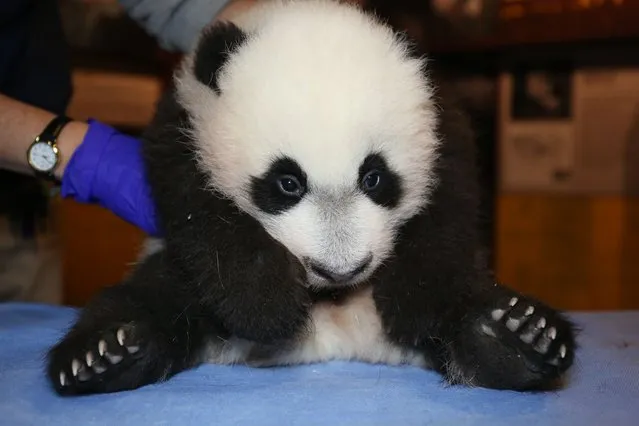
This image obtained December 2, 2015 from the Smithsonian's National Zoo in Washington, DC shows Giant panda cub Bei Bei during a checkup on November 12. Bei Bei will make his public debut on January 16, 2016. (Photo by Tallie Wiles/AFP Photo/Smithsonian's National Zoo)
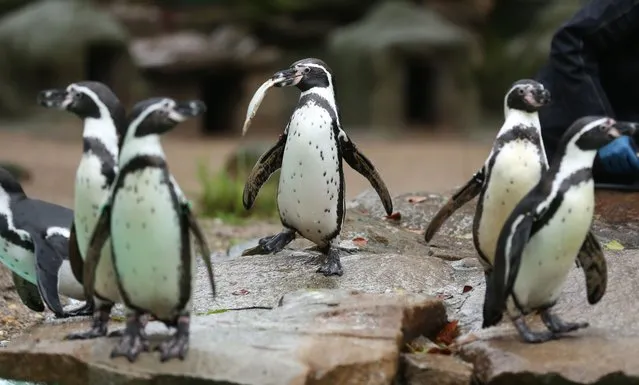
Humboldt penguins are pictured during feeding at their enclosure at the zoo in Dortmund, western Germany, on December 1, 2015. After one of the Humboldt penguins has been found dead and two others were missing the police investigates a possible string of crimes in Dortmund. (Photo by Ina Fassbender/AFP Photo/DPA)
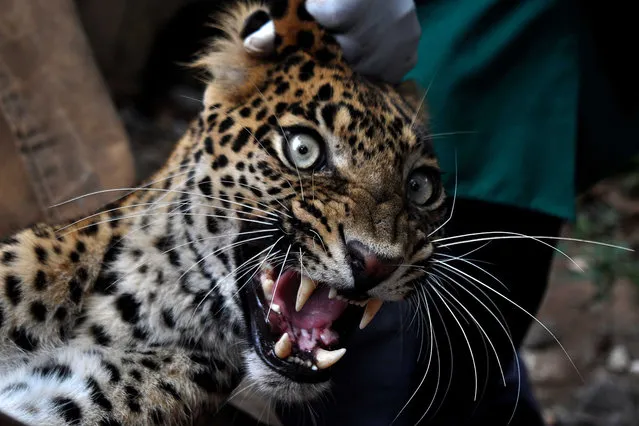
Indian forest officials and veterinary doctors carry a tranqulised injured leopard for treatment outside a veterinary hospital in Bhubaneswar on December 1, 2015. The male leopard estimated to be some 4-5 years old was rescued by forest officials after it entered a village near Athamallik Forest in the eastern state of Orissa. (Photo by Asit Kumar/AFP Photo)
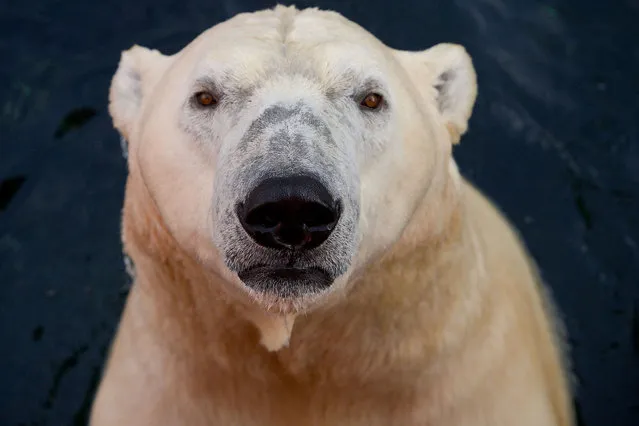
Polar bear "Nanuq" looks at the photographer at the zoo in Hanover, central Germany, on December 3, 2015. (Photo by Peter Steffen/AFP Photo/DPA)
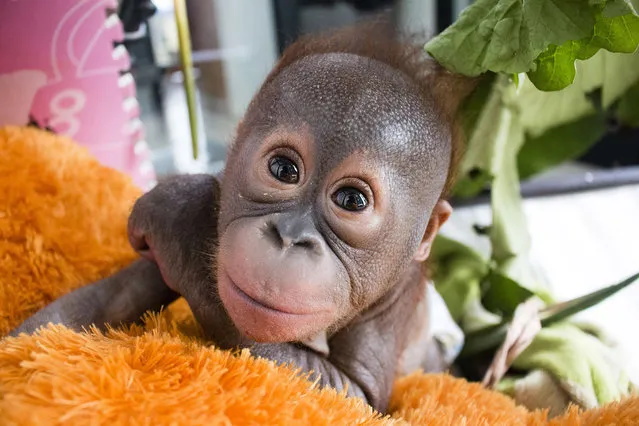
An adorable baby orangutan has made a miraculous recovery after being found in deplorable conditions in a urine soaked box. "He had been dumped in a filthy cardboard box and left out in the sun to die," said a rep from International Animal Rescue, the charity which found little Gito in Borneo. The cute primate was too weak to sit up on his own and was suffering from diarrhoea and a painful contagious mange. Once at the rescue center he was massaged with coconut oil to soothe his skin condition and placed on a drip for rehydration. He is now said to be "healthy, happy and alert" with a couple of new front teeth in the making. "Gito was less than five months old when our rescue team in Borneo found him," said Alan Knight, chief executive at International Animal Rescue. "Considering the condition he was in when he was saved, his recovery has been remarkable". (Photo by Animal Rescue/Splash News)
05 Dec 2015 08:03:00,
post received
0 comments
